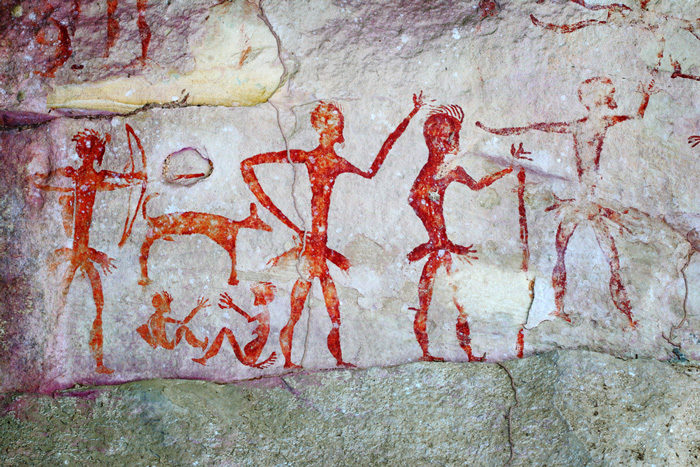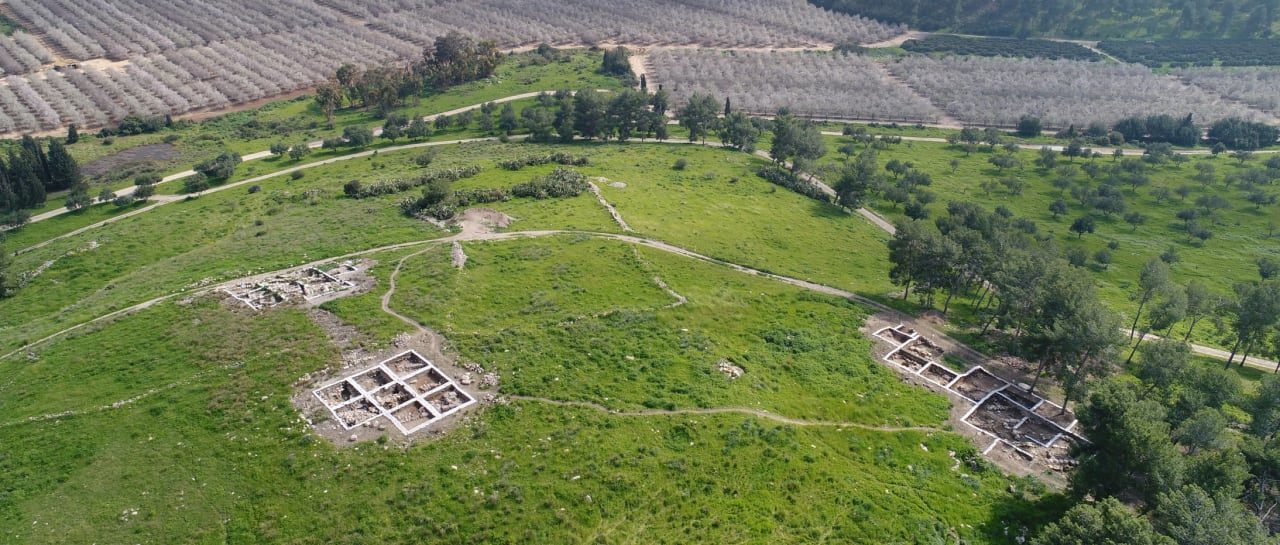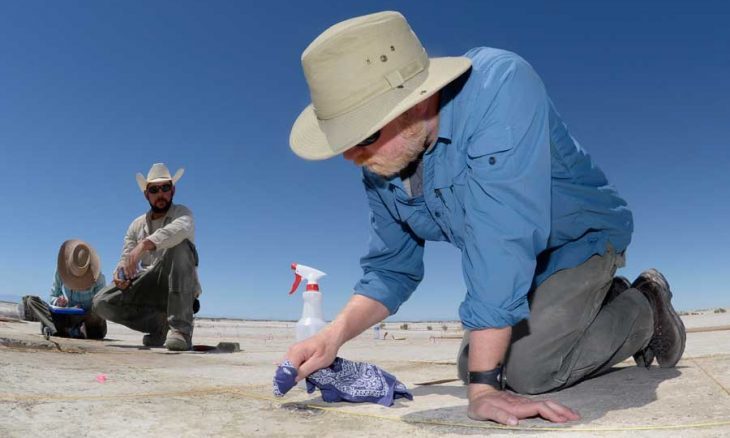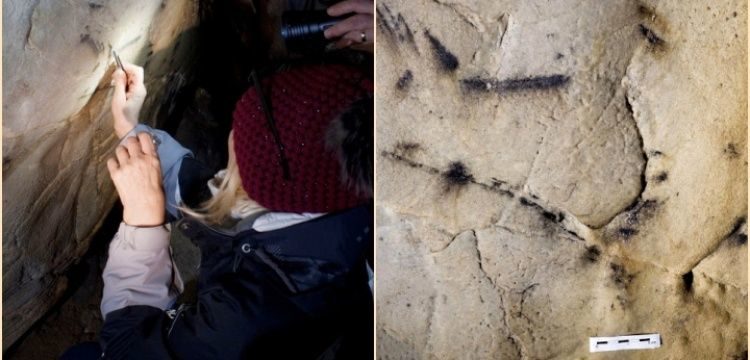
© Robert M Price Blog
Gnosticism itself was heavily influenced by Platonism, and I believe Plato provides an even closer analogue to the Matrix than Gnosticism does at certain crucial points. I am thinking of Plato's Allegory of the Cave. Let's refresh our memories. Plato asks us to picture a small community dwelling in a huge cavern. The troglodytes have been born and raised there and do not even suspect the existence of the outer, surface, sunlit realm. Reality as they know it is pretty much two-dimensional. You see, each individual is bound firmly in place, head braced to face forward. They can converse with adjacent voices, but all they ever see is a sequence of shadows passing before them, projected from behind them by other individuals who hold up plywood cut-outs of men, women, animals, etc. The prisoners of the Cave see nothing amiss in all this, but one day one man somehow breaks free, moves his stiff neck from side to side, and is amazed to view the true situation!
He manages to escape the Cave, stumbling up the tunnel and into the blinding noonday sunlight. For a time he can see nothing, less than he could see down below. But his eyes soon adjust, and he looks about him in wide-eyed wonder and astonishment! He beholds the wonder of the world of living and substantial objects that you and I take for granted every day. Have you ever seen those videos in which a person, usually a child, congenitally blind or deaf, is fitted with some new device to supplement his senses? At once he or she is beaming with joy! And so is Plato's escapee. For the first time, he sees the real world. What he had seen previously he now recognizes as a false world of shadows, dim, flat effigies of things in the surface world.
"I can't keep this to myself!" he reflects, resolving to return to the Cave long enough to tell the dwellers what has happened to him and to reveal that a more real world awaits outside. (This is Morpheus in
The Matrix.) Picture him making the descent and interposing himself between the cut-out bearers and their audience, proclaiming his gospel. And picture his chagrin at the jeering and abuse he receives from those he sought to liberate!
The guardians of the Cave, whoever they may be, need not trouble themselves to seize or silence him. Their prisoners, who do not even know themselves to be prisoners, drive him forth, back to the surface world whose existence they refuse to acknowledge.













Comment: See also:
- Judaism and Christianity - Two Thousand Years of Lies - 60 Years of State Terrorism
- 3,700 years ago, cosmic airburst may have wiped out part of the Middle East
- DNA suggests that 12 Century BC Philistines came from Europe
- Senior Israeli archaeologist casts doubt on Jewish heritage of Jerusalem
- 3,000 year old drawing of god found in Sinai could undermine our entire idea of Judaism
And check out SOTT radio's: